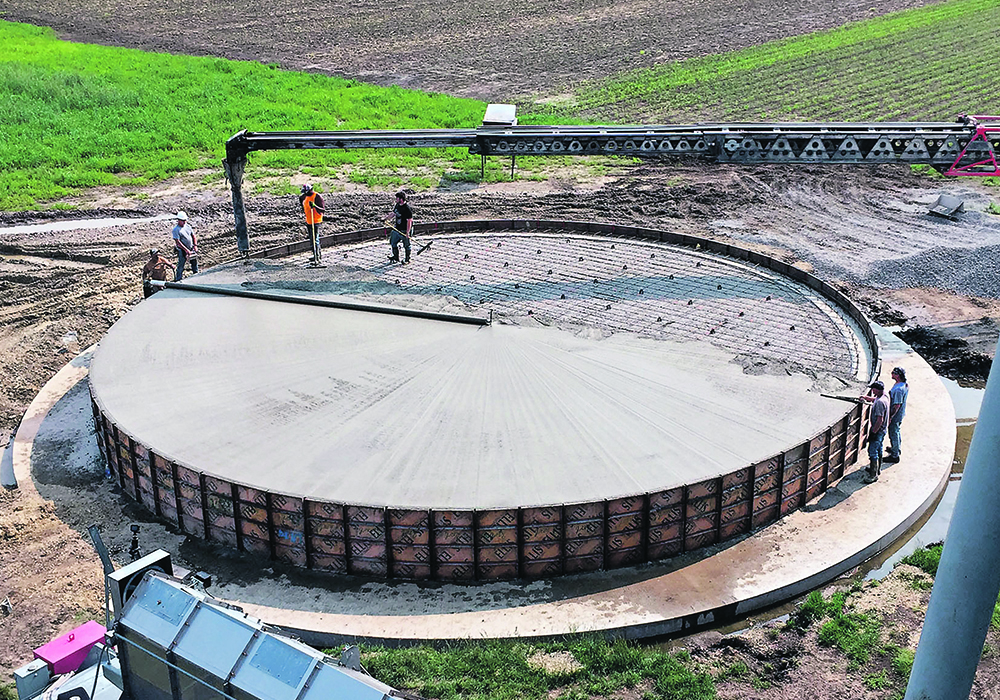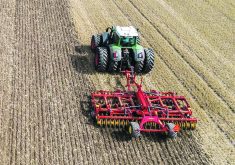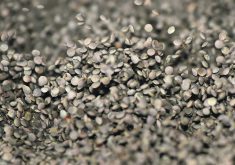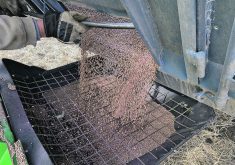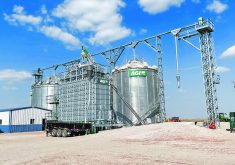Geotechnical expert urges farmers to seek detailed site soil knowledge before setting their hearts on a location
There’s a Biblical story about a smart man who built his house on rock while the not-so-smart guy built his house on sand. His sandcastle got swept away.
The Soil Science Society of America deals with more than agronomy. It also looks at soil structure from an engineering perspective. Last month it posted a blog that explores the type of soils that provide good building foundations.
A great building won’t stand on a weak foundation, said Larry Baldwin, senior soil scientist at North Carolina State University.
Related stories:
“Foundations need to be on stable strong soils. Soils range in strength. Some can support a skyscraper, while others can’t even support the weight of a human,” he wrote.
Variation in strength and stability is based on physical properties. A mix of soil particle size is best for structures. Good soil should also be able to capture precipitation, so runoff and erosion don’t damage the structures built on it.
Some soils cause corrosion of building materials. Balanced chemistry is a main component of a soil that supports buildings. With any type of building, site selection with the best soil is vital to an engineering plan. If the soil under a building is not stable, the foundation could crack and sink or the building could fall.
Baldwin has done consulting work in southern Florida, where the government had drained land and the surface in that area dropped four feet. Extensive drainage can change the water table so the land’s previous ability to support a structure may disappear.
Clay textured soils are more stable than sand textured soils because they have better structure. A mix of particle sizes and pore sizes is best for engineering. Soil should remain stable through wet and dry cycles so expanding soil doesn’t crack foundations.
Some clay minerals from a family called smectite are more likely to shrink and expand during wet and dry cycles. Minerals from other families such as kaolinite are more stable through these cycles.
Smectite is known as “swelling clay.” It comprises a diverse group of clay minerals with a 2:1 layer silicate structure that expands and contracts in wet and dry cycles. This isn’t good if there’s a new shop or grain bin on the surface.
Kaolinite is a clay mineral with a soft consistency and earthy texture. It’s easily broken and can be molded or shaped, especially when wet.
In a phone interview, Baldwin said good soils for infrastructure have balanced chemistry to prevent building material corrosion.
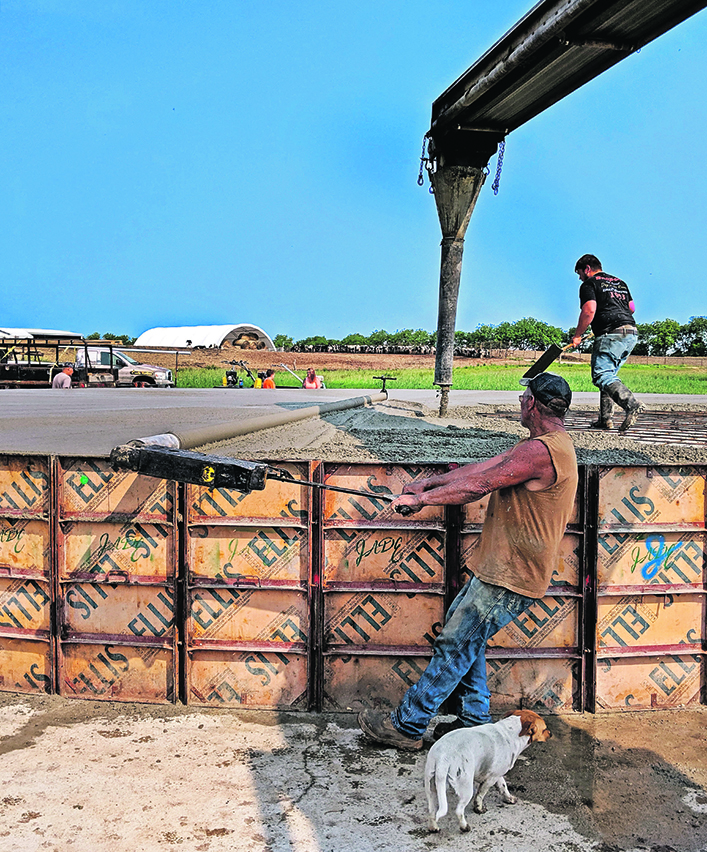
How does all this affect construction plans? Baldwin said soil maps help engineers determine the best location for a project. He urges farmers to study the maps before getting their hearts set on a particular location.
Regular soil lab tests may not be much help in the planning process, he added. They’re set up to provide information on nutrients and fertilizer recommendations, not engineering advice. Soil maps are created by soil scientists and provide three main pieces of information:
- Slope of the land surface
- Biological, chemical and physical properties
- Potential for water runoff, drainage or storage
Few building sites start with ideal conditions. Good engineering can incorporate corrective measures. For example, drainage can be added or land surfaces reshaped to direct water away from the site.
“In addition to soil maps, one of the easiest steps in moving your project forward is to simply look at the other farms in the vicinity. If other farmers have had problems with foundations cracking or settling, then you better take a closer look at your plans,” said Baldwin.
“The ideal soil to support a structure is a mixture of clay, organic matter and sand.”


